Do you know the history of Dubai? Today, this city is one of the top tourist destinations in the Middle East. Yet this humongous city was once a small palm grove in the middle of the desert. Over time, it managed to transform itself into a huge megalopolis, and even into one of the most futuristic and smart capitals in the world.
A city full of charm arose from the emirate’s sand dunes - a city that has managed to keep its authenticity and its ancestral Bedouin traditions.
You want to know more about one of the most exotic destinations in the world? I suggest you dive into the history of Dubai, between tradition and modernity. Whether you are planning to visit Dubai or are merely curious, I think this article should interest you. Once upon a time, the history of Dubai...
DUBAI, THE PALM GROVE

At the beginning of the Minoan period (3,000 BC to the 5th century), the area where Dubai is now located was uninhabitable. There was only a huge dried-up mangrove.
Excavations carried out in Al-Qusais, north-east of the city, indicate that nomadic shepherds decided to settle there as early as 2,500 BC. It then became a beautiful palm grove with productive agriculture. The population lived from dates harvesting, cattle breeding but also fishing.
In the 4th century, the Sasanians (a great power of the time) settled in the region until 630, during the expansion of the practice of Islam. They were however expelled by the Umayyads.
In the 7th century, Dubai was now a large and prosperous fishing village – most especially because it was located on the caravan route linking Oman to Iraq.
From the 12th to the 18th century, the city’s means of subsistence remained the same but it was above all a place of restoration and accommodation for the merchants who passed through it to sell spices, textiles or gold.
The Portuguese even founded trading posts there, between 1448 and 1657. However, they were driven out by the English and the Dutch in the middle of the 17th century.
DUBAI, A HISTORY OF PEARLS AND PORT
It is essentially pearls that put Dubai on the map and drove the city's trade. In 1793, the Bani Yas tribe took power and settled in Abu Dhabi. A branch of the tribe (the Al Bu Fasala) took control of Dubai, which became a dependency of Abu Dhabi. Pearl hunting and fishing became an integral part of the life of the inhabitants.
In 1833, Maktoum Bin Butti and his tribe (Bani Yas) left Abu Dhabi to settle near Dubai Creek (on the same estuary as today’s “Dubai Creek"). The creek offered great prospects. He founded Dubai – which was not considered a city until 1894 – and declared the emirate's independence.
Sheik Saeed Al Maktoum made Dubai a hereditary monarchy and became the first emir of the emirate. He established the Al-Maktoum dynasty, which still reigns today.
In the 1890s, the British recognized his authority and ensured that only the countries of the Arabian Gulf could fish for pearl oysters (this guaranteed their monopoly). Moreover, as Dubai is located on the Pirate Coast, it signed an agreement in 1892 with the United Kingdom. Following the treaty, the UK protected Dubai against the attacks of the Ottoman Empire, and placed the emirate under the exclusive protection of the British. Dubai was then under British protectorate.
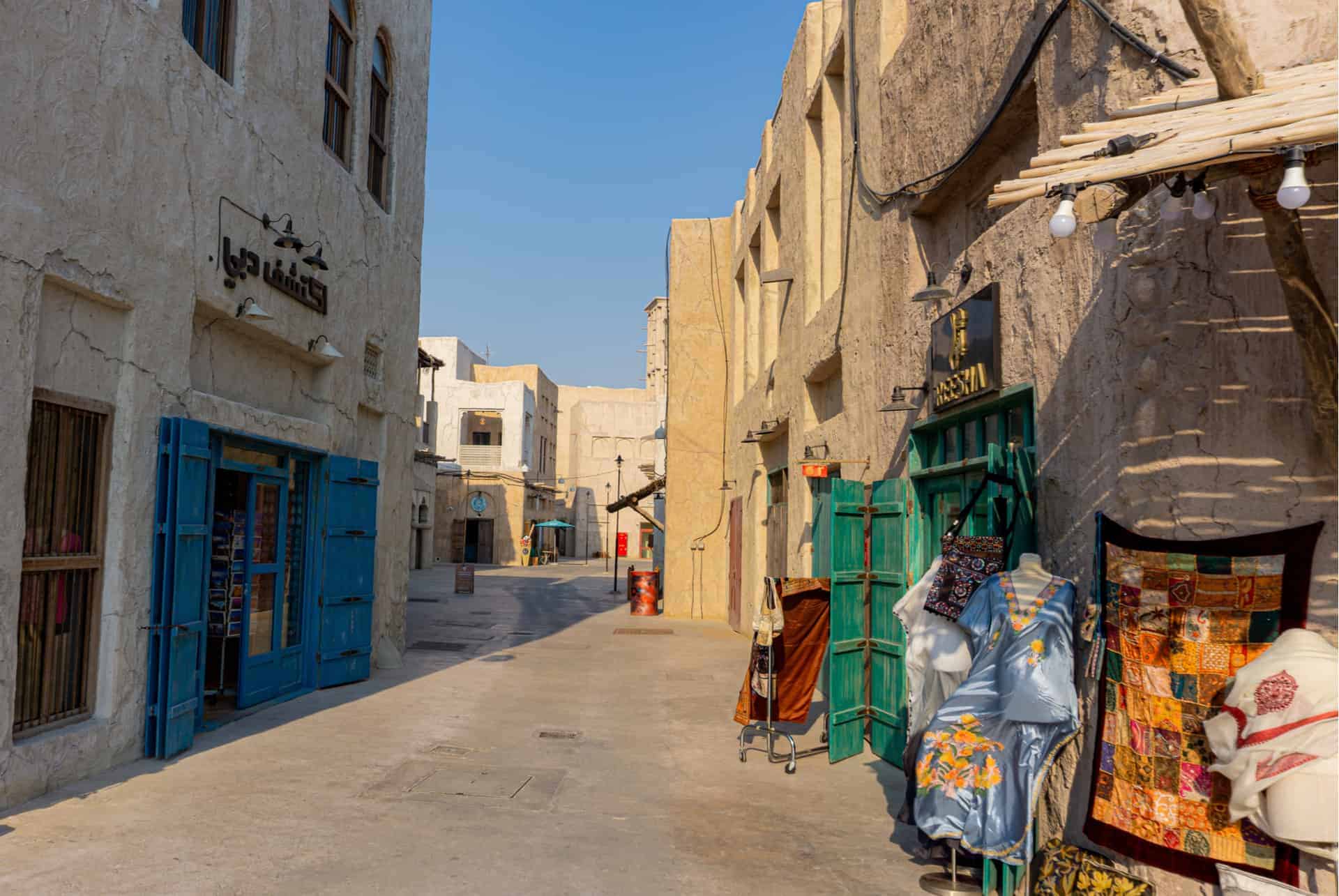
The emirate offered advantageous conditions to merchants. In 1902, for example, the Sheik abolished import and export taxes. This allowed the state to open up to other countries, notably India and Iran. Traders from neighboring regions also benefited from these reduced tax charges. The port of Dubai became a true maritime platform for international trade.
Unfortunately, the 1929 crisis and the great depression did not spare the emirate, and Dubai even went through famine.
What's more, the city relied mainly on the cultivation of pearls and saw their trade decline with the arrival of cheap Japanese cultured pearls (artificially cultivated) in the 1940s. With the end of this first source of wealth, a page of Dubai’s history turned.
DUBAI, THE MODERN CITY
The history of Dubai as we know it today began in the mid-19th century. Even though the population moved away from the "Dubai Creek" to the fields of Bur Dubai and Deira, the city began to grow again in the early 1950s. By then, it had 15,000 inhabitants.
The city, which had many souks (the largests in the peninsula, such as the one in the Deira district, which still exists today), mosques, schools and colleges, attracted traders from around the world. Dubai enjoyed such a prosperous period that the Sheik considered rebuilding it.
He entrusted the plans of the city to the British architect John Harris and from 1959, the latter devoted all his time to modernize it. Moreover, with this massive influx of foreign workers, the city's population grew even more.
Various projects were developed such as the installation of electricity, telephone network and running water. An airport opened in 1960 and a year later, Dubai had its first paved road. All that was left was to develop the port!
In 1962, both the Maktoum Bridge linking Bur Dubai to Deira, and the city’s hospital were inaugurated.
THE DISCOVERY OF OIL
The emirate then experienced a discovery that marked its economic history. What discovery? Well, Dubai had simply entered the oil era, which is what allowed the installation of these numerous infrastructures. Indeed, in 1966, the first reserves discovered in the subsoil bore fruit. Dubai expanded further and experienced a meteoric growth. Oil was exported as early as 1969.
The city had more than 60 000 inhabitants then. Pakistanis and Indians came to settle and develop the textile trade.
Following this, Dubai became a real trade hub. With the increase in the transport of people (merchants, fishermen) and goods, its port became one of the most important in the region.
THE BIRTH OF THE UNITED ARAB EMIRATES
In 1968, the British announced that they wanted to withdraw their protection from the emirates. This was done in 1971. The states then decided to unite in a federal state to be able to negotiate with the rest of the world.
On December 2, 1971, the governors founded the United Arab Emirates (UAE) which includes Abu Dhabi, Sharjah, Ajman, Umm Al Quwain, Fujairah. A year later, Ras Al Khaiman joined them. They adopted the dirham as their common currency (it is still the currency of Dubai today) and Dubai finally became independent!
In the following years, there was a population explosion: in 1977, Dubai had more than 200,000 inhabitants!
New oil and gas deposits were found in the Margham desert, which resulted in even more construction: the Rachid Port, the Jebel Ali Port, the Shindagha Tunnel and the Garhoud Bridge, but above all the inauguration of the Dubai International Airport in 1972.
The population was coming from all over the world and these new inhabitants had to be accommodated. Huge shopping malls and an incredible structure were inaugurated in 1979: the Dubai World Trade Center, the highest skyscraper in the city!
One of the ten biggest airlines in the world, Emirates Airlines, settled in Dubai in 1985 and a free zone, the Jebel Ali Free Zone, was created.
1990/2000: THE golden age OF DUBAI
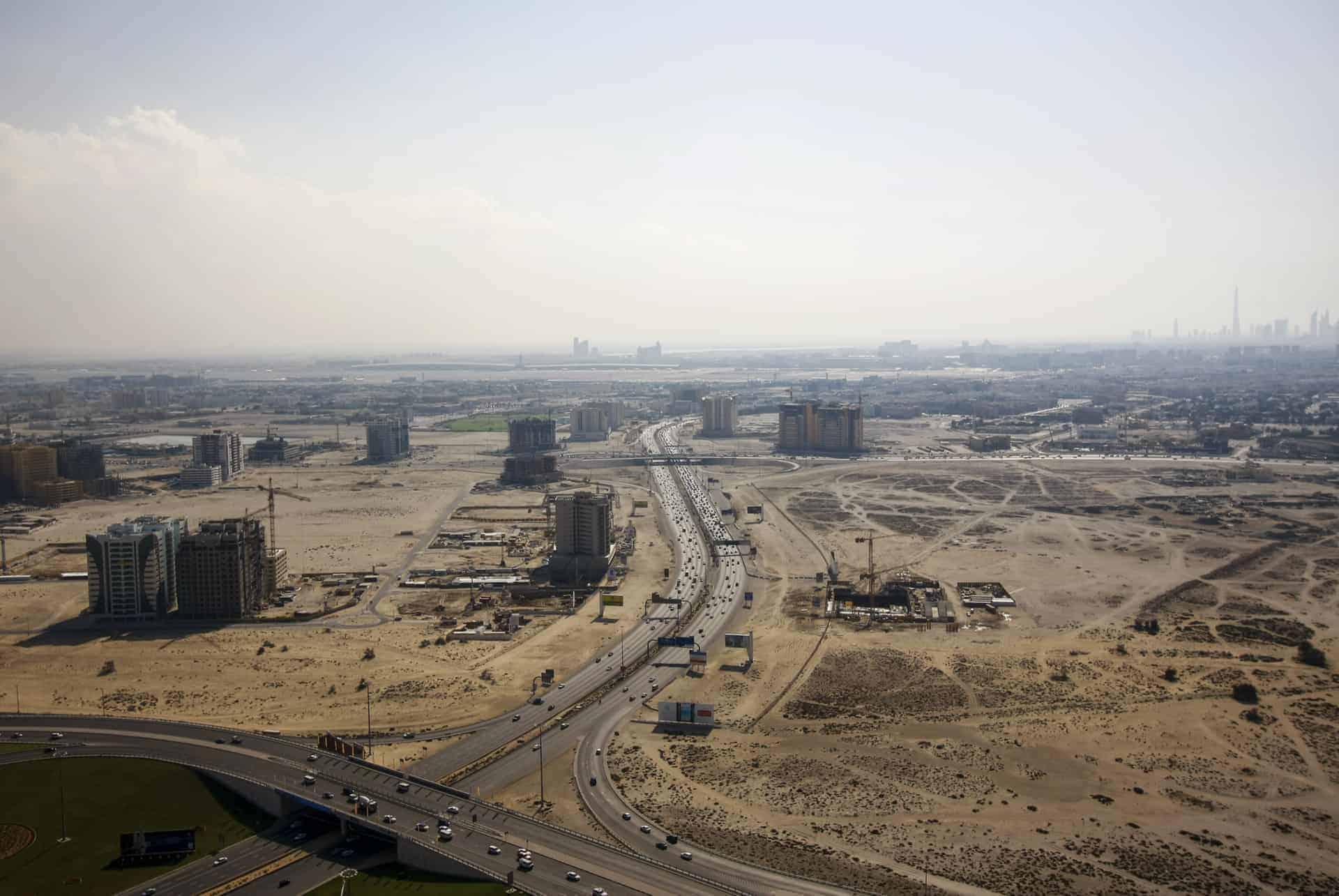
In 1990, Dubai experienced incredible urban growth with 550,000 inhabitants. That same year, Sheikh Rashid died and was succeeded by his son Sheikh Maktoum bin Rachid Al Maktoum. The new Sheik had even more ambitious projects and his priority is tourism – luxury tourism!
His wish is to make Dubai an innovative city, with projects each more incredible than the next. He decided to build modern complexes more adapted, but most importantly excessive.
This is how he ordered the construction of the luxurious Burj Al Arab hotel in 1999 – the only hotel in the world described as a 7 stars. Even more emblematic buildings (that broke many a record, by the way) were built in the 2000s. They are now symbols of Dubai's success and make it an outstanding tourist destination: The Marina in 2000, the 2716-feet-high (828 meters) Burj Khalifa tower (2008), Palm Island (artificial islands in the shape of a palm tree) starring Palm Jumeirah whose construction ended in 2009, the artificial islands of World Islands (an insane but still unfinished project started in 2003) – then the Dubai Metro in 2009 and the Dubai Frame in 2018, a 492-feet-high (150 meters) frame-shaped building offering a panoramic view of both the new and the old Dubai.
In a few years, the Dubai Creek Tower should see the light of day and thus become the new tallest tower in the country (surpassing the Burj Khalifa) 😊
The airport became the largest in the world. New districts were built, and so was the largest shopping mall in the world, the Dubai Mall,as well as other skyscrapers... In short, between 2001 and 2008, the population doubled. Since 2002, foreigners are allowed to buy real estate in Dubai. A true revolution!
During this period, Sheik Zayed died in December 2004 and then Prime Minister Sheik Maktoum in 2006. They were succeeded by Sheik Khalifa and Sheik Mohamed.
THE HISTORY OF DUBAI: 2020 AND BEYOND!
Today, Dubai is undoubtedly one of the most modern cities in the world. Oil money and the ambitions of successive governments have succeeded in making it one of the most prestigious tourist destinations.
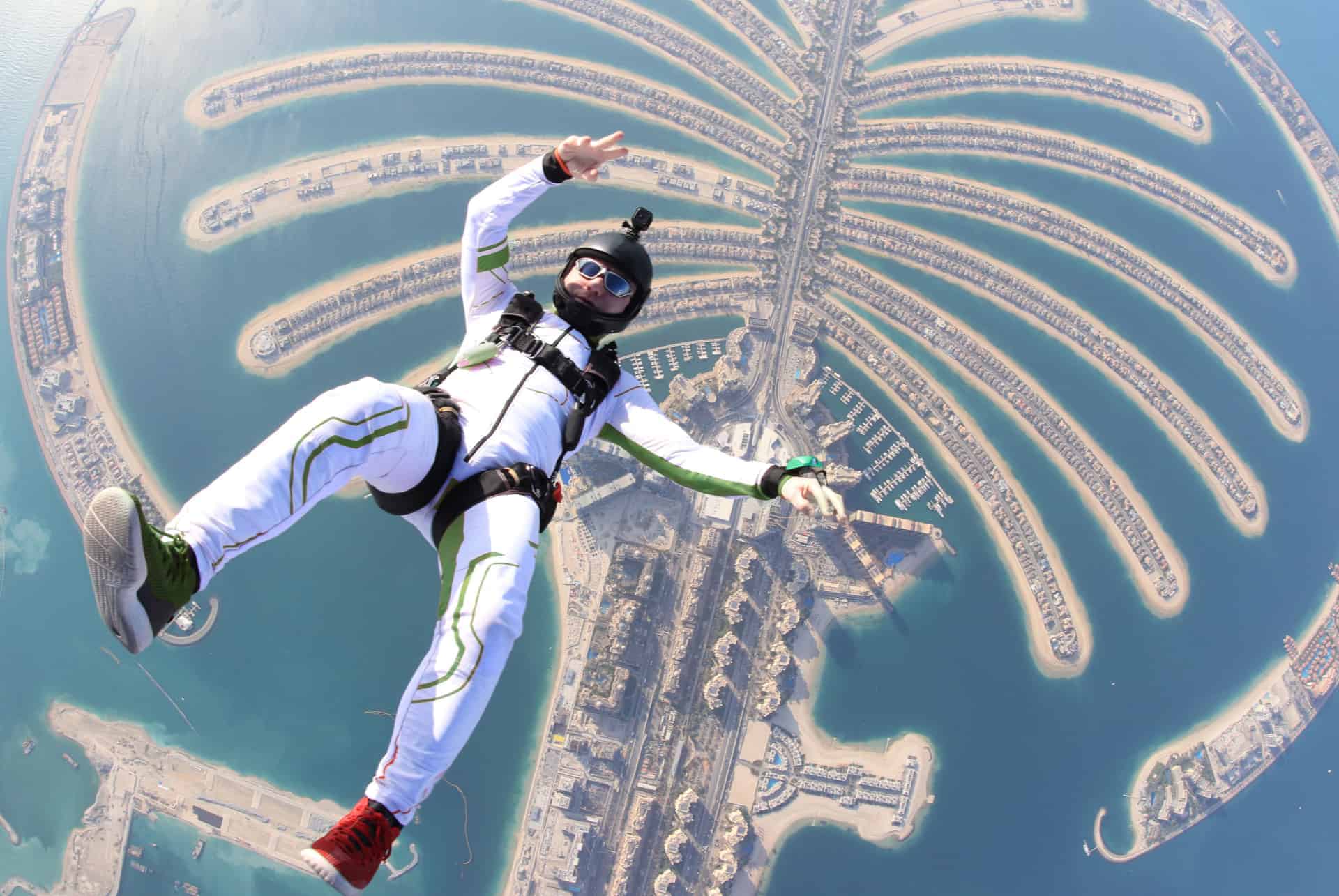
In fact, for the past few years, the megalopolis has been welcoming more than 16 million tourists every year. And more and more of them are attracted by its impressive architecture, its paradisiacal beaches, its duty free zones, and its extravagant leisure activities: the view on the city and the desert from glass platforms at incredible heights, skydiving, helicopter tours, water sports, swimming with sharks, ziplining between skyscrapers, skiing in fresh snow and many other incredible activities... And let's not forget the desert that surrounds the city, and the excursions offered there: dune tours, discovery of the Bedouin way of life of the past,...
Upcoming projects are even crazier, such as the construction of a city-sized shopping mall, the Mall of the World; or a futuristic city inspired by Aladdin.
Last but not least, Dubai is a place of refuge for many expatriates attracted by the creation of companies in its free zones, the luxurious lifestyle of the people of Dubai and the possibility of making money – lots of money. In short, Dubai is now the city where everything is possible!
WHERE TO LEARN ABOUT DUBAI'S PAST?
If you are in Dubai and wish to know more about the history of the emirate, I strongly recommend visiting the Dubai Museum.
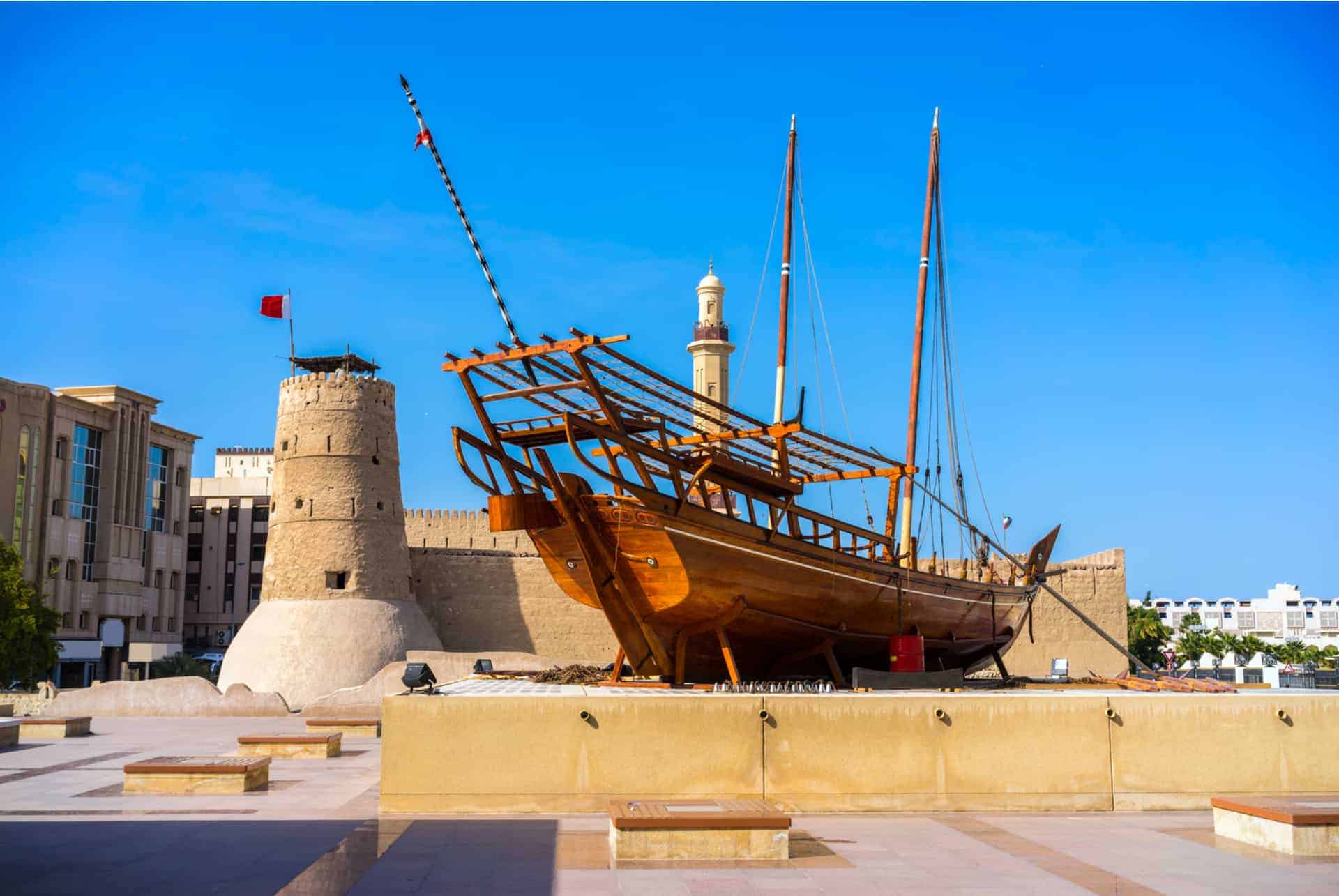
This house, the Al Fahidi Fort – which is one of the oldest buildings in the city – is located in the historic district of Bur Dubai.
There you will find relics from the United Arab Emirates’s past and discover how the inhabitants of the Dubai of yore lived. The program includes numerous reconstructions, scenes of daily life at that time, as well as a video showing the city’s evolution.
OPENING HOURS AND PRICES
The museum is open all week:
- Saturday to Thursday from 8:30 am to 8:30 pm,
- Friday from 2:30 pm to 8:30 pm.
The opening hours during Ramadan are as follows: from 10 am to 5 pm from Sunday to Thursday.
Here are the ticket prices:
- 3 AED ($0.80 or 0.70€) for adults
- 1 AED ($0.30 or 0.25 €) for children under 6 years old.
Now you know everything about the history of Dubai – I hope you enjoyed this article! If you are planning a vacation in this megapolis, feel free to check out my other articles to prepare your trip to Dubai 😊
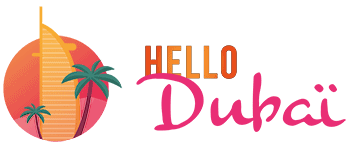
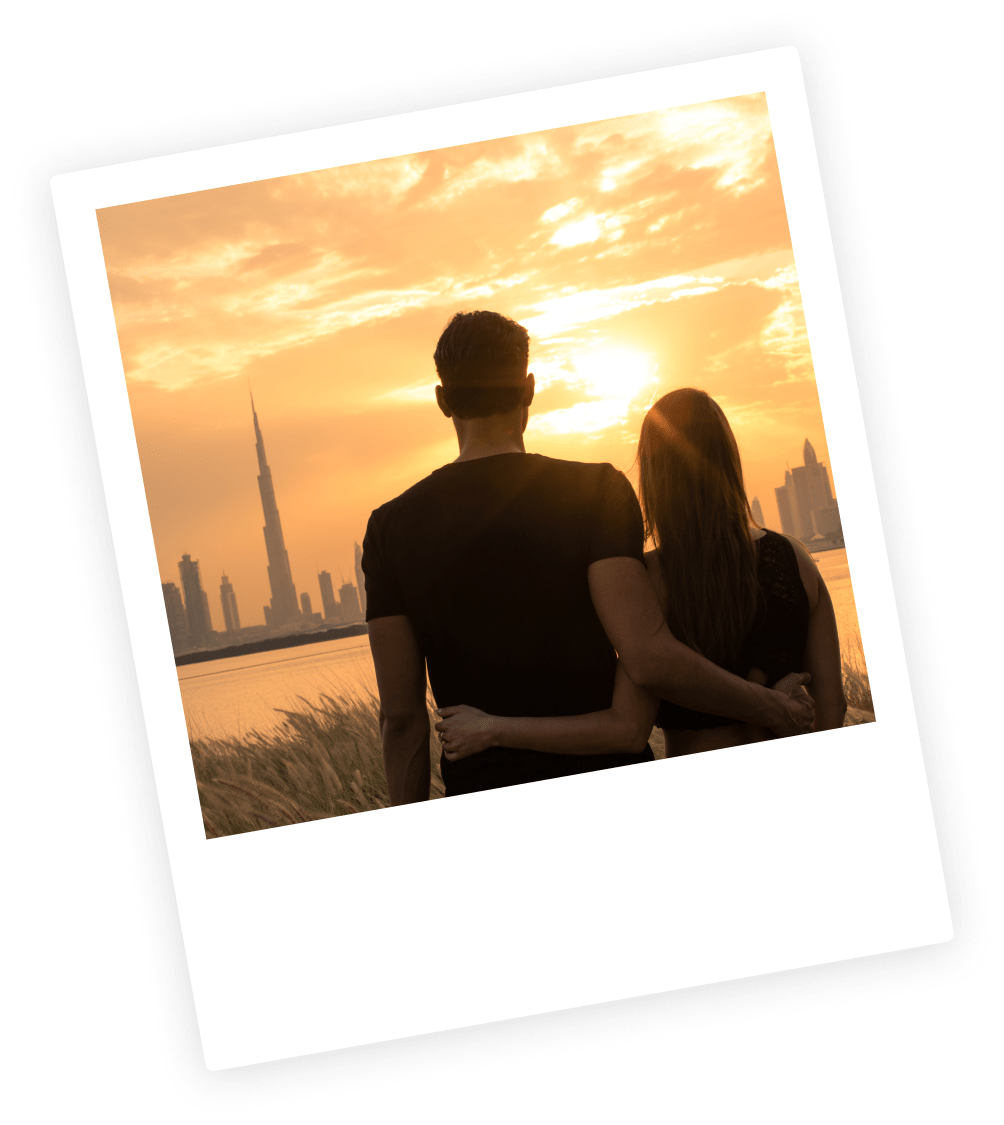
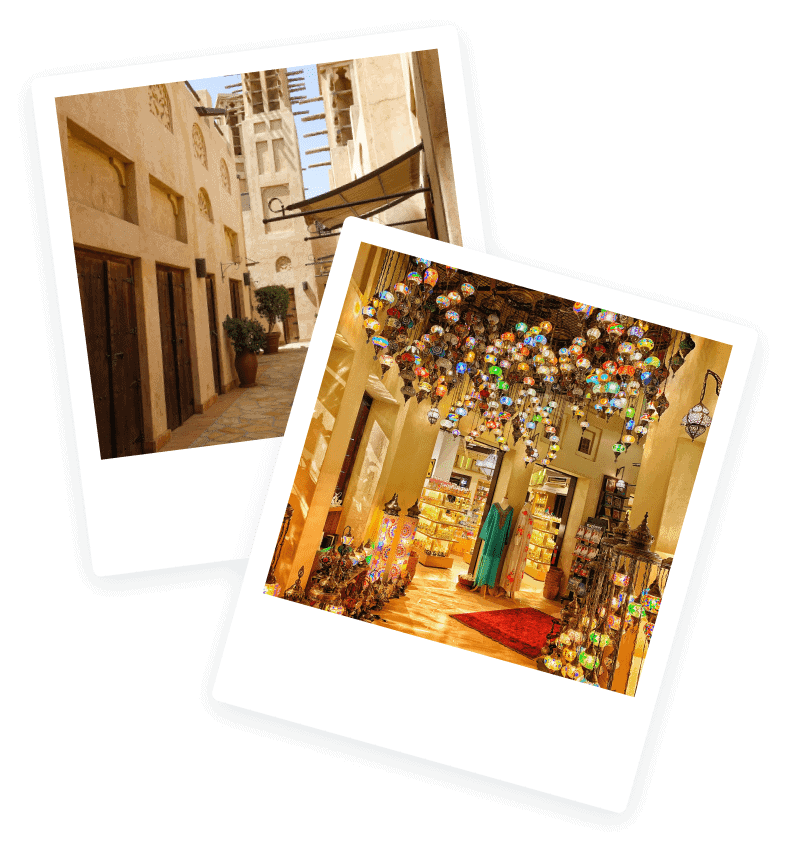
0 Comments